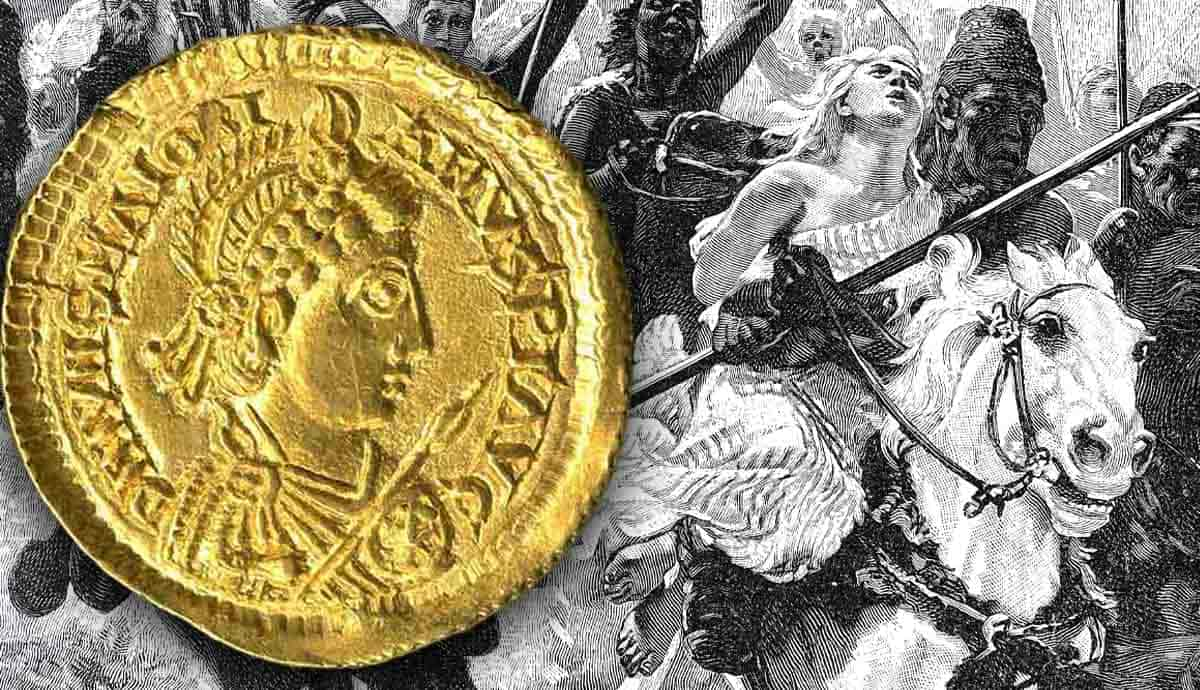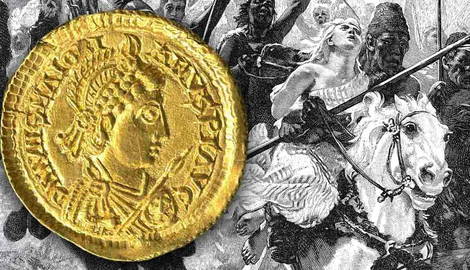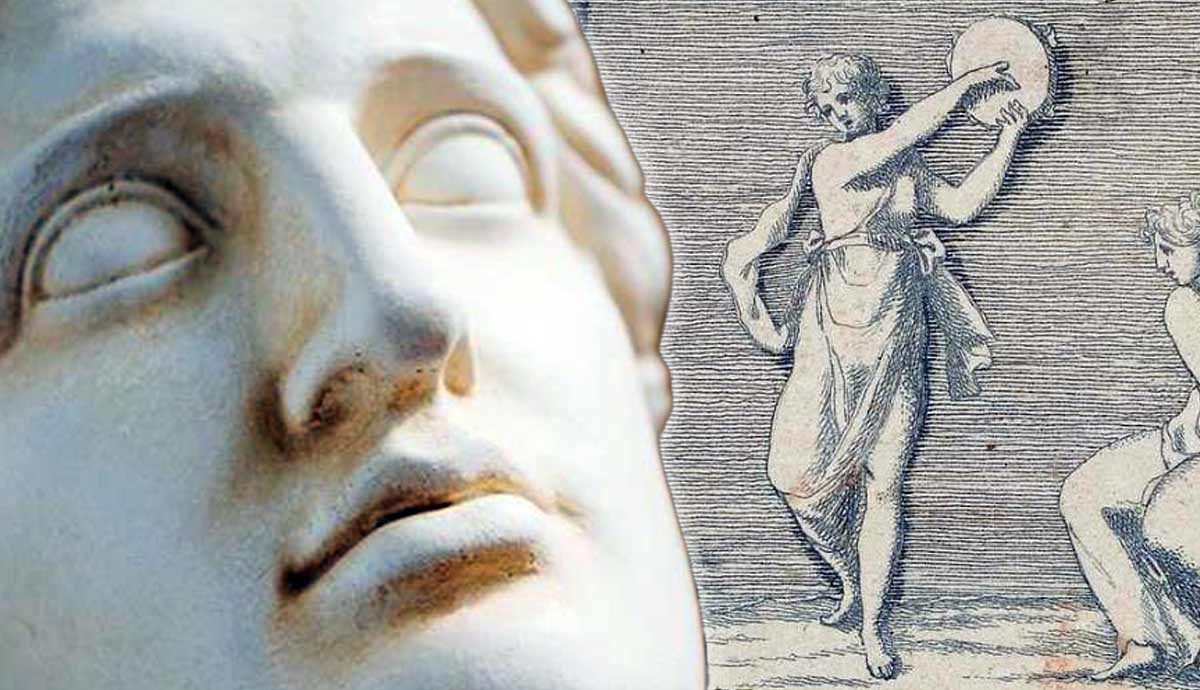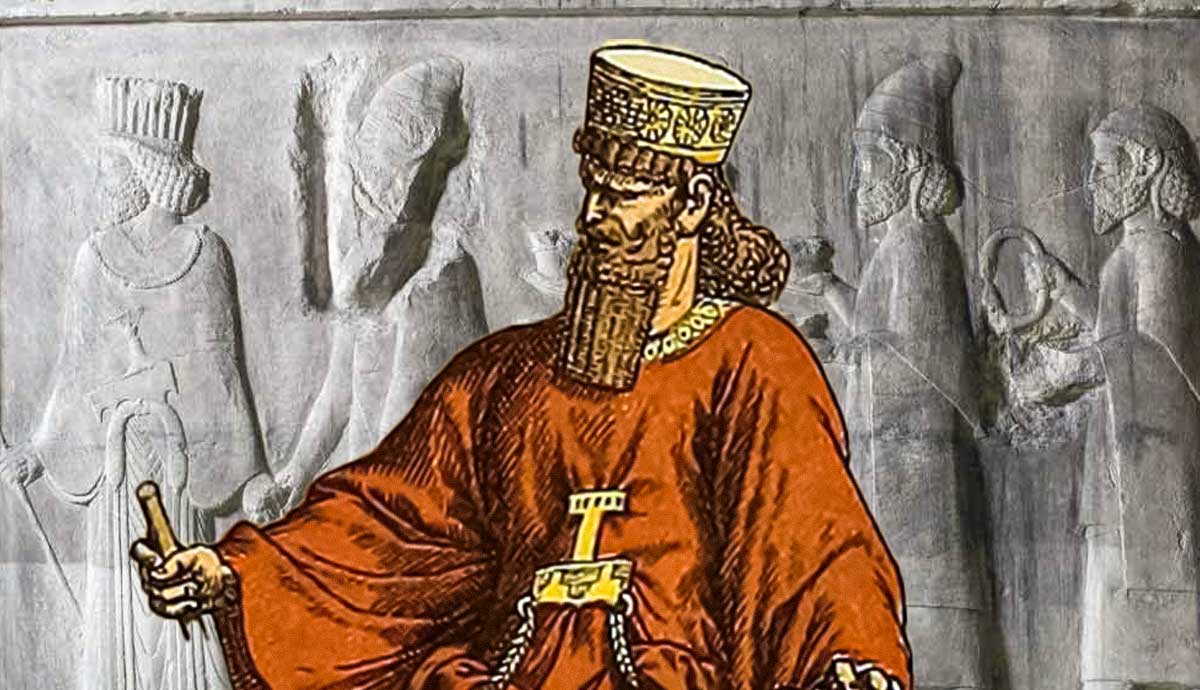
As the Roman Empire fell into serious decline in the 5th century, there were several attempts to restore Roman power amid the invasion of outside groups and social problems. The Emperor Majorian came close to reconnecting the Roman Empire in the middle of the 5th century, coming up just short of restoring Roman power throughout the Mediterranean Sea. His failure signaled the last major effort to keep Rome together before its fall in 476 CE.
A Changing Rome

The Roman Empire’s glory days were well behind it by the end of the 4th century. The empire had already faced severe instability during the 3rd century which nearly caused a complete collapse. However, the efforts of different emperors, such as Aurelian, Diocletian, and Constantine were able to keep the entity together.
By the end of the 4th century, the Roman Empire was a different nation than during Augustus’s time. The Emperor Diocletian set up a system of four rulers to oversee the empire called the Tetrarchy. While the system eventually broke down, it foresaw the eventual division of Rome into the Eastern and Western empires. The division would help to highlight differences that would eventually lead to the collapse of the Western Roman Empire.
A Deepening Crisis

The division of the Roman Empire into two halves highlighted the deepening issues facing both portions. The largely Latin-speaking Western Roman Empire faced issues such as lower birth rates, declining trade, and increasing migration of outside groups the Romans considered barbarians. The largely Greek-speaking Eastern Roman Empire became increasingly wealthy due to its new capital Constantinople.
The stark differences between the two halves only deepened toward the end of the 4th century. Both sides were under pressure from migrations of Gothic peoples from northern Europe. The crisis became increasingly apparent after the Eastern Roman Emperor Valens was killed in battle against the Goths at the Battle of Adrianople in 378 CE.
The Romans increasingly accepted thousands of non-Romans such as Goths, Ostrogoths, Visigoths, Vandals, Alans, and others onto their territory, who began to carve out ethnic enclaves. The Romans would often hire these groups as mercenaries to aid their weakening military.
Rome had shifted considerably, weakened by bouts of plague and declining birth rates. The country also faced instability in its coinage system and rapid inflation during the 3rd century. The empire had largely converted to Christianity after it was legalized by Constantine the Great via the Edict of Milan (312 CE).
The Unstable West

The Western Roman Empire came under increasing pressure as different factions within Roman politics attempted to assert control. This included the outsized influence of military strongmen such as Stilicho and Flavius Aetius who often had power that eclipsed individual emperors.
The migration of the Gothic peoples also went from a significant issue to a crisis during this period. The invasion of much of Europe by the Huns caused thousands of people to flood across the Roman frontier, seeking refuge.
The most famous and powerful of the Hunnic leaders, Attila, was able to push back against both the Eastern and Western Roman Empires. He forced the Eastern Roman Empire to pay tribute to him and sacked much of Gaul. He narrowly missed taking the city of Rome itself before dying of a nosebleed in his sleep.
Attila was unable to completely destroy the Western Roman Empire, but he appeared to mortally wound it. The last generation of the Western Roman Empire saw a series of crises that different emperors were unable to grapple with.
Enter Majorian

Iulius Valerius Maiorianus was the last Roman leader with a reasonable chance to save the empire before its collapse. Efforts by other recent leaders, such as Flavius Aetius, failed due to infighting. By Majorian’s time on the throne, the catastrophic damage of the Huns had already severely weakened the Western Roman Empire.
Majorian served under Flavius Aetius, who famously halted the Huns’ advance into Roman Gaul at the Battle of the Catalaunian Plains (451 CE). Majorian served well under Aetius and played a role in several battles.
His increasing profile reached the attention of the heights of the Roman political scene. Majorian was considered by Emperor Valentinian III to marry his daughter and potentially be the heir to the throne. Instead, Aetius sought to have his own son marry Valentinian’s daughter, Placidia. Aetius dismissed Majorian from military service. Around the same time the emperor murdered Flavius Aetius. Aetius’s allies then assassinated the emperor.
The power vacuum was similar to a number of similar struggles during the 5th century CE. Often, it was the magister militum who would select the emperor and not the other way around. It was this strained arrangement that affected Valentinian and Aetius, and later Majorian to tragic effect.
Rise of Majorian as Emperor

The death of Aetius and Valentinian III left a power vacuum at the heights of Roman authority. Valentinian was succeeded by one of his murderers, the new Emperor Petronius Maximus. The emperor promoted Majorian to the leadership of the Imperial Guard.
However, Petronius’s rule was brief. He was killed in the sack of Rome by the Vandals in 455 CE. He was then succeeded by the new Emperor Avitus. Majorian went from supporting the new emperor to overthrowing him and causing his death in 457 CE.
Majorian soon became the empire’s generalissimo and then emperor in 457. Majorian’s troops defeated a barbarian invasion that year, allowing him to ascend to the throne.
Upon taking power, Majorian began a series of campaigns that steadily defeated a series of barbarian groups. He defended Italy against an invasion of Vandals in 457 and consolidated his power. Majorian built his army through a series of barbarian mercenaries and then proceeded to invade Roman Gaul, present-day France, and west Germany. The emperor was able to defeat the Visigoths, allowing him to assert control over Gaul and Hispania, today’s Spain and Portugal.
Majorian proved to be an able administrator. He passed a law that attempted to halt the decline of Rome’s population. He barred women from joining celibate religious orders until the age of 40. He also stabilized the weakened Roman system of coinage and reformed its system of taxation. We may also owe the preservation of some of Rome’s ancient buildings to Majorian. He issued a law that threatened fines for those who tore down old buildings. Many older buildings were being picked apart so their stone could be used as construction material.
The Last Chance to Save the Empire

Majorian had a daring reputation, unlike other recent emperors. In a possibly apocryphal tale, he donned a disguise and met with a barbarian leader, purporting to be a diplomat, and collecting intelligence.
Majorian had been able to reunite much of the Western Empire. Italy, much of Gaul, and much of Hispania were now brought under Roman control. There was one major issue left for the emperor: the Vandals. The barbarian group controlled the Roman grain baskets of North Africa and Sicily. Majorian was able to seize Sicily and organized a fleet of 300 ships to prepare for the invasion of Rome’s African provinces.
The Vandals feared Majorian so much that they poisoned their own wells and destroyed their own farmland in anticipation of a coming invasion. The Vandals were also able to hire agents who destroyed some of Majorian’s invasion fleet, frustrating his plans to cross the Mediterranean.
Unable to complete the restoration of the entire Western Roman Empire, he met a violent death. During his time on the campaign, the magister militum, or generalissimo, Ricimir, conspired against him. Ricimir seized the emperor during his return to Italy. Majorian was tortured and beheaded in 461 CE. Ricimer was able to place the new Emperor Libius Severus on the throne as a puppet.

The historian Edward Gibbon called Majorian a “great and heroic character,” and he represented the last emperor to have control over much of the Western Empire. With his assassination, the last significant chance to keep the empire from a complete collapse died with him.
The Roman Empire would not last another generation following the death of Majorian. The last Roman Emperor, Romulus Augustulus was removed from the throne by the barbarian king Odoacer in 476 CE. With the fall of the last emperor, the Western Roman Empire came to an end and left the Eastern Roman Empire to carry on the nation’s legacy.










